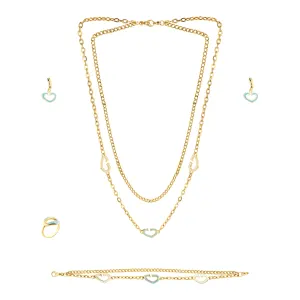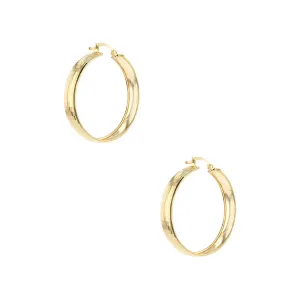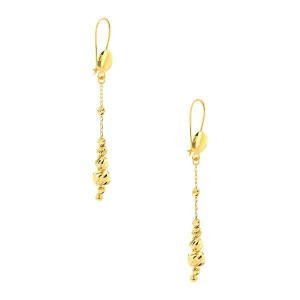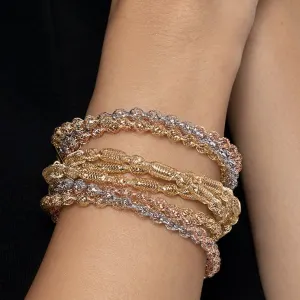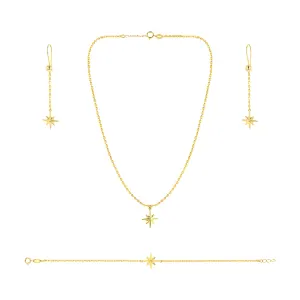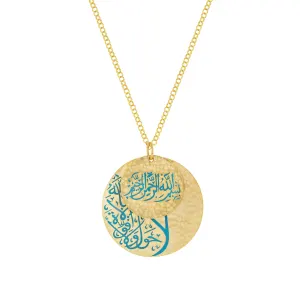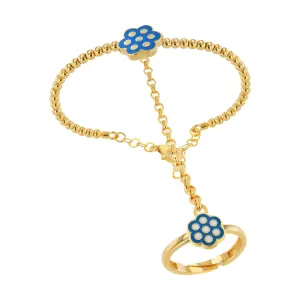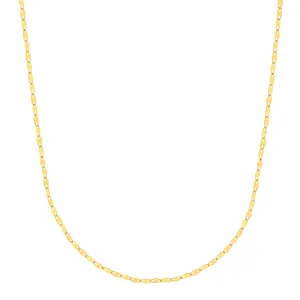Civilizations' Impact on Jewellery Design: A Cultural Journey
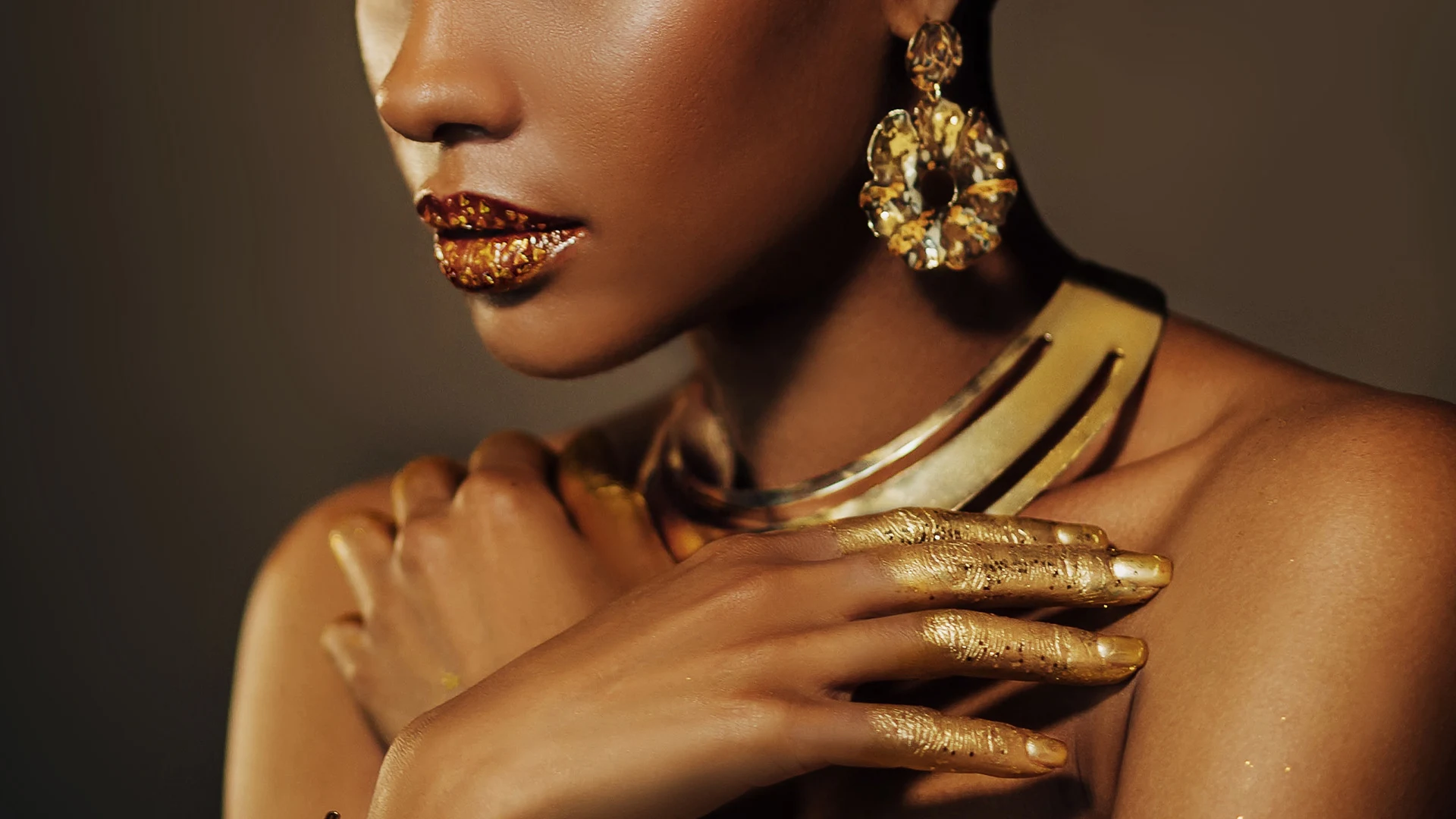
As one of human history's oldest forms of artistic and cultural expression, Jewellery plays a profound role in expressing social and cultural identity.
Since ancient times, it has been used to enhance beauty and express these identities. This connection to our past and present is essential to recognize that various civilizations have significantly influenced jewellery design. In this article, we explore the impact of some civilizations on jewellery design and how they contributed to shaping the styles and techniques we see today.
Ancient Egyptian Civilization
The ancient Egyptian civilization is considered one of the earliest to use Jewellery as adornment. The ancient Egyptians used gold and gemstones like turquoise and lapis lazuli to design intricate Jewellery, which often bore religious symbols. One such symbol, the 'Eye of Horus,' represented protection and was believed to have healing and protective powers. Also, Jewellery was worn as part of burial rituals, reflecting its importance in life and death.
Greek Civilization
Jewellery designs in Greek civilization were influenced by art and culture. The Greeks used silver and gold, and intricate details and nature-inspired shapes, such as flowers and leaves, characterized their designs. Jewellery was considered a symbol of wealth and social status and was often offered as gifts to the gods or used in celebrations.
Roman Civilization
The Roman civilization distinguished itself by using Jewellery as a symbol of power, with gemstones like rubies and emeralds used to design complex pieces. Their designs were bold and robust, reflecting strength and wealth. Roman Jewellery often served as a talisman in warfare.
Indian Civilization
Jewellery is an essential part of Indian culture, reflecting a long history of arts and crafts. Artisans in India used gold and gemstones to create luxurious pieces, such as the 'Nauka' (a type of traditional Indian necklace) and 'Panja' (a type of hand ornament). Wedding adornments are particularly significant, symbolizing wealth and social status.
Islamic Civilization
The Islamic civilization is renowned for its intricate jewellery designs that are a testament to its artistic prowess. Jewellery in the Islamic world, often made of gold and silver and adorned with gemstones, features geometric patterns and floral motifs that showcase the beauty of Islamic art.
Chinese Civilization
Jewellery in Chinese culture symbolizes luck and wealth. Jewellery has been used in China for thousands of years, utilizing gold, silver, and pearls. Red represents good fortune, and stones like jade are often incorporated into jewellery designs, reflecting deep cultural and religious traditions.
Modern Influence
In modern times, ancient civilizations have influenced jewellery designs, with designers integrating elements from diverse cultures into their creations. They rely on traditional techniques with contemporary touches, reflecting a rich tapestry of cultural diversity.
The influence of various civilizations on jewellery design is not merely aesthetic; it embodies each civilization's cultural and historical identity.
Jewellery, with its enduring beauty, offers a glimpse into the stories and myths that have shaped our societies, making it more than just ornamental pieces. This rich heritage makes Jewellery an enduring symbol of beauty and culture worldwide.
